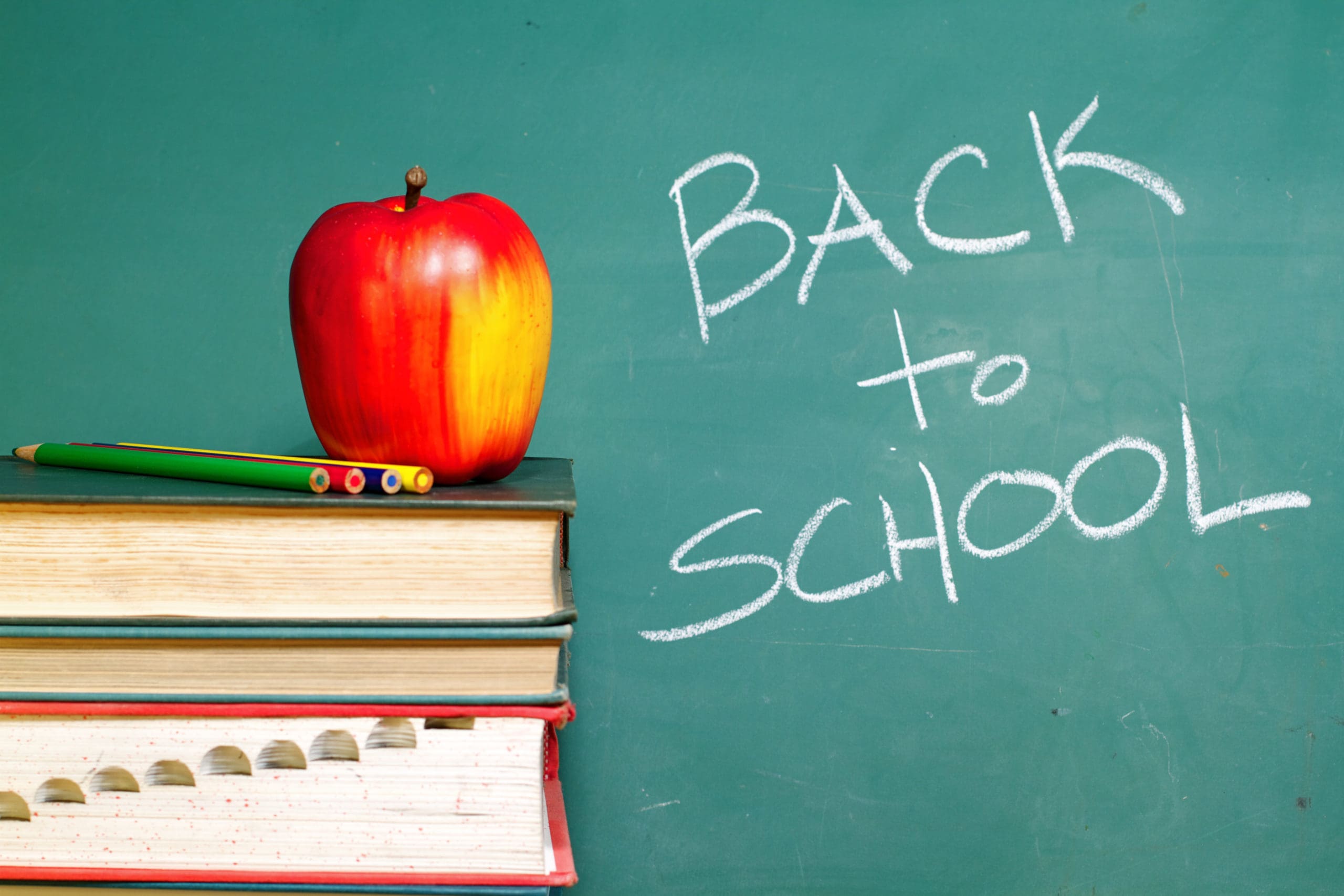Framingham, Massachusetts — Despite vaccination efforts ramping up, COVID-19 remains a major concern for K-12 schools, colleges and universities as they prepare for the coming 2021–2022 school year. Additionally, safety concerns that dominated conversations pre-COVID-19 — such as student mental health and physical health—remain major priorities as schools reopen.
The findings are from a new report that has just been released by Rave Mobile.
“The COVID-19 pandemic’s disruption to learning added a new set of concerns to school safety,” the company said in a press release. “From social distancing measures to contact tracing, teachers, professors and administrators were forced to reimagine classroom and campus safety. To understand the concerns K–12 and higher education staff members have about school safety—and how they plan to address them—Rave Mobile Safety fielded a national survey of over 600 K–12 and higher education staff in late March 2021.”
The survey found that:
- COVID-related safety measures are the top safety concern for the 2021–2022 school year for K–12 respondents (71%) and higher education respondents (82%) alike.
- Student mental health is the second most pressing concern, with 60% of K–12 respondents and 54% of higher education respondents citing it as a major safety issue.
- Email remains the top communication channel used to reach school communities during a crisis (80% K–12 and 88% higher education), followed by text messages (62% K–12 and 71% higher education).
- When it comes to submitting anonymous tips, online submissions (57% K–12 and 73% higher education) were the most popular channel for students, teachers and staff, followed by an in-person submission box (35% K–12) and mobile safety app (30% higher education).
- While higher education institutions are most likely to communicate with first responders through safety and security staff during an emergency (70%), K–12 schools do so through emergency communication channels like 9-1-1 (73%).
- Looking ahead toward the 2021–2022 school year, roughly half of K–12 respondents (42%) and higher education respondents (54%) say their schools are planning a combination of online and in-person learning.
The pandemic complicated schools’ efforts to communicate during a crisis. About a quarter of K–12 respondents (26%) and higher education respondents (24%) said they had not experienced crisis communication challenges in the past 12 months — perhaps because remote learning eliminated many in-person emergencies. However, other top issues include:
- Reaching and notifying parents and/or students (26% K–12 and 18% higher education)
- Ensuring messages were received (19% K–12)
- Combatting alert fatigue (16% higher education)
As a result of these crisis communication challenges, 42% of K–12 respondents and 41% of higher education respondents say their school or institution is re-evaluating its current notification system.
Return to Campuses Brings Safety Concerns New and Old
It’s no surprise that COVID-related safety measures were the top safety concern among respondents for the coming school year. One K–12 respondent said their top safety concern is “keeping students socially distanced, while also properly training for emergencies like fire drills and lockdowns.” Student mental health (60% K–12 and 54% higher education) and student physical health (50% K–12 and 42% higher education) were the next priorities among respondents.
Balancing COVID precautions with school safety concerns will be important once schools re-establish in-person learning in classrooms.
“We don’t know how COVID-19 will continue to impact our day-to-day activities. Until we have a better understanding of the impact of variants and vaccines, schools of all kinds must determine how to integrate COVID-19 procedures into existing safety protocols,” said Todd Miller, SVP of Strategic Programs, Rave Mobile Safety. “Clear communication and open channels for reporting concerns will continue to be vital to ensure all school community members receive the information they need to know, whether it’s related to COVID-19, campus safety activities or an imminent threat.”













